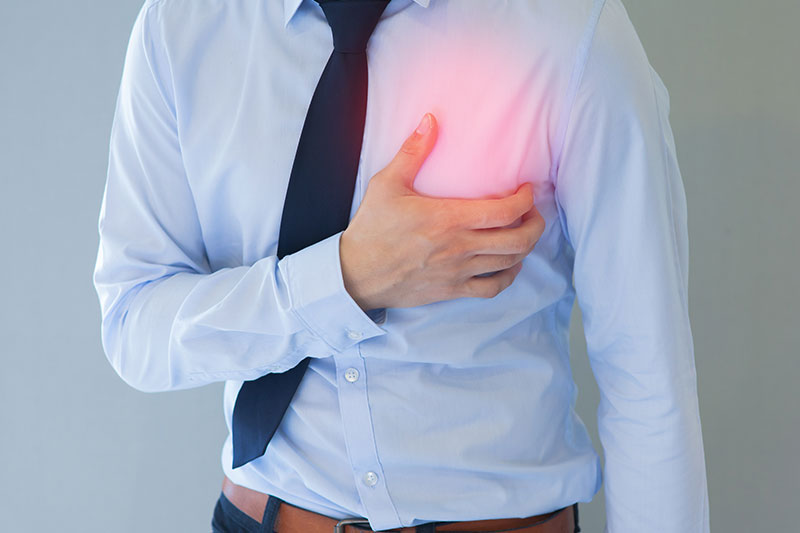Coronary Heart Disease
Coronary heart disease is also known as Coronary Artery Disease (CAD). It is the most commonly occurring heart condition. It occurs while one or more coronary arteries becomes narrow or blocked. Ordinarily, blood flows through blood vessels. In coronary artery disease, significant blood vessels that supply nutritious blood and oxygen to the heart gets damaged or diseased. This damage makes the vessels narrow, stiff or blocked. This process is also called hardening of the arteries or atherosclerosis.
Consequences of CAD:
- Chest pain (Angina).
- Heart attack
- Sudden complete stopping of the heart (Cardiac arrest)
Risk Factors:
Risk factors for heart disease are conditions that make it more probable that you will get heart disease. Several risk factors influencing coronary artery disease can be changed, and others cannot.
Some of the risk factors that can be changed by Lifestyle modifications :
- diabetes
- high blood pressure
- depression
- smoking or chewing tobacco
- unhealthy weight
- too much alcohol
- not enough physical activity
- stress
- unhealthy diet
- high blood cholesterol and triglycerides
Other predisposing factors for heart diseases:
- Sex: The risk of heart disease and stroke rises after menopause.
- Age: The older you are, the higher your risk of heart disease.
- Family history: Any close family member or relative who has experienced heart disease at an early age, that puts you at a higher risk. Besides, women who have had pre-eclampsia during pregnancy have an increased risk.
- South Asian and African heritage: people of African or South Asian background have a higher risk of heart disease. They are more prone to have high blood pressure, diabetes, or other risk factors for heart disease at a younger age.
- Personal circumstances: Personal circumstances and environmental factors influence your health. It involves things like access to safe drinking water, healthy food, good health, and social services.
Causes of Coronary heart disease:
For ages, plaque builds upon the walls of the artery. Plaque is a sticky, yellow material made of fatty substance like cholesterol, calcium, and waste products from your cells. It narrows and congests the arteries, slowing the blood flow. It is called Atherosclerosis, which may begin during childhood and speed up during adulthood. It can take place anywhere in the body, but it ordinarily affects large and medium-sized arteries.
Factors that cause plaque to add to are:
- Damage to the inner layer or any injury of the coronary arteries caused by the risk factors listed above
- Plaque gets collected at the site of the injury in a process called atherosclerosis or hardening of the arteries.
Symptoms
Early warning signs may comprise of:
- pain
- fatigue
- dizziness
Additional symptoms that are most associated with Angina include:
- A squeezing, burning or suffocating feeling in the chest that tends to begin in the centre of chest but may move to your arm, neck, back, throat.
Women are more prone to experience non-traditional symptoms, like:
- vague chest discomfort
- indigestion
- sleep difficulties
- fatigue
- anxiety
Treatment:
There are many treatments, but no cure. Treatment includes medications and surgery that can slow down its progress.
Living with CAD
It’s normal to feel afraid after a diagnosis of coronary artery disease. See someone you can trust for emotional support like a close member of family, friend, doctor, or mental health worker. Sharing your emotions and feelings could be an essential part of your journey to recovery. A healthy lifestyle with good emotional support can lead to a faster recovery and prevention against Heart diseases.





